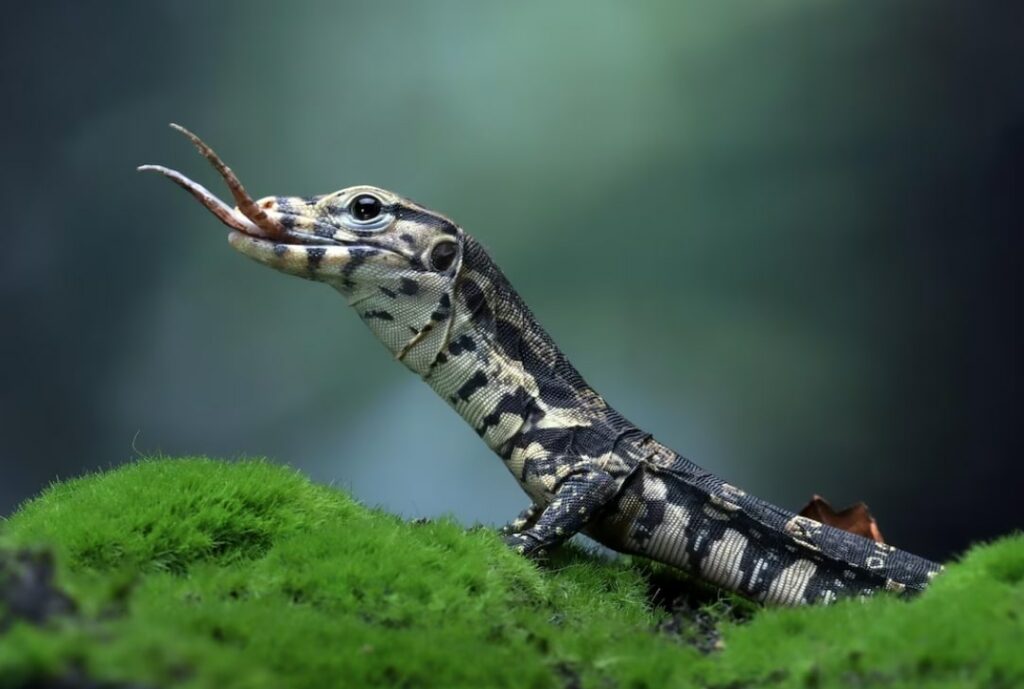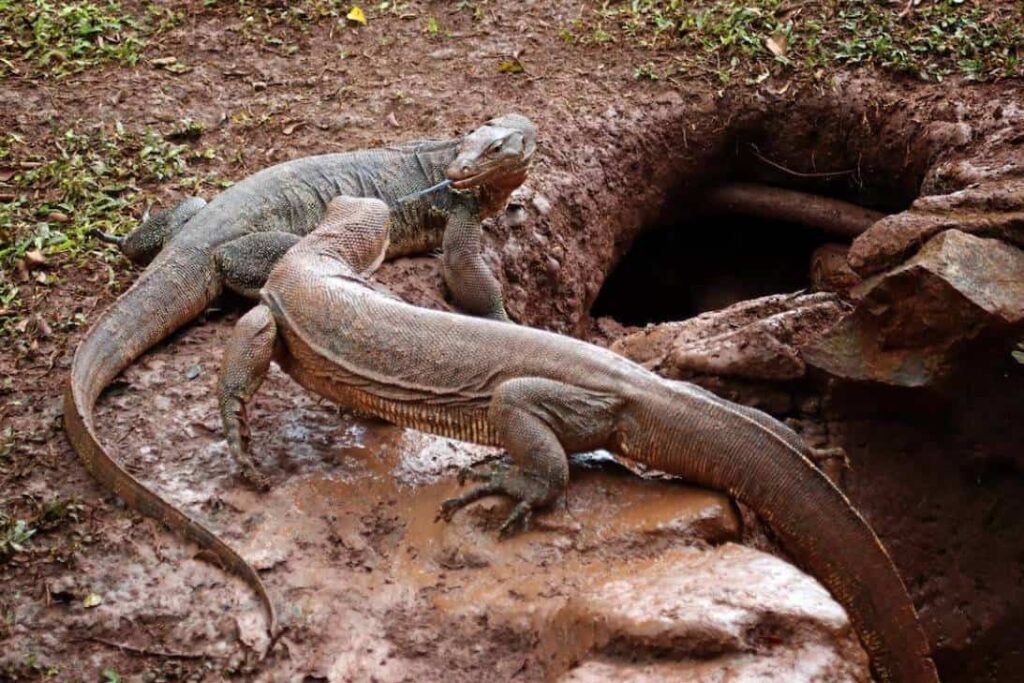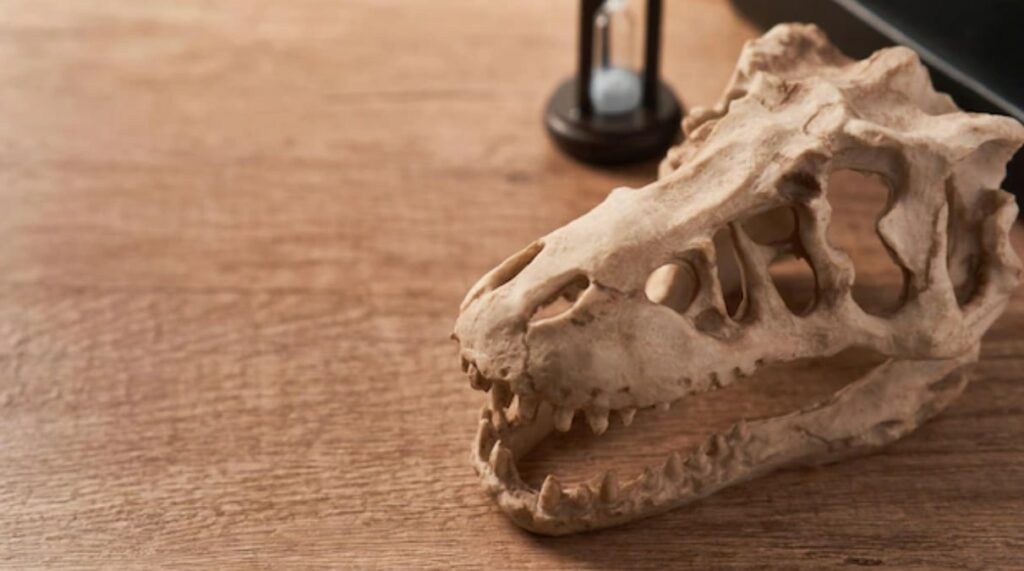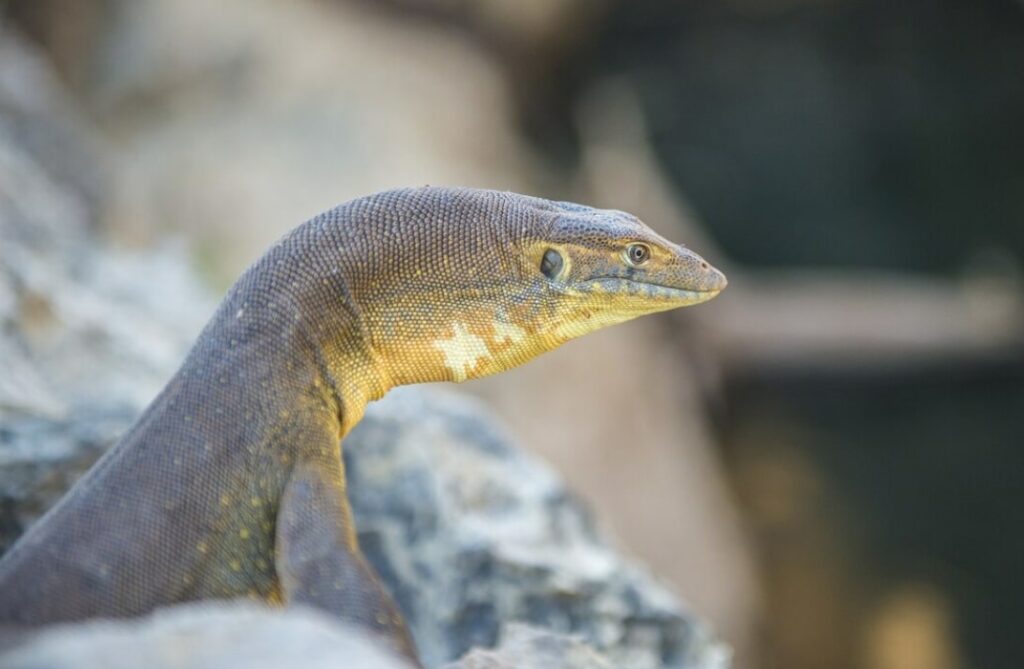Categories > Guides and Tips

Monitor Lizards in Thailand: Things You Should Know
- What are Monitor Lizards?
- Interesting Facts about Monitor Lizards in Thailand
- The Evolution of the Monitor Lizard
- Why are they called monitor lizards?
- Countries where Monitor Lizards are Present
- Diet and Habits of Monitor Lizards
- Where can I see Monitor Lizards in Thailand?
- Interesting Facts About Monitor Lizards in Thailand
- The monitor lizard name in Thailand is an insult.
- The monitor lizard is either a blessing or a curse.
- Monitor lizards can affect Thai communities.
- FAQs about Monitor Lizards in Thailand
Monitor lizards are a group or species of reptiles mostly found in Australia, Africa, and Asia. These lizards can have similarities and differences depending on their location and this is true for monitor lizards located in Thailand.
In Thailand, the most common monitor lizard is the water monitor lizard which can be seen dwelling in swamps, lakes, rivers, ponds, and parks like Lumpini Park in Bangkok. These lizards are some of the largest lizards and can grow up to 6.5 feet.
For us to better understand one of the most prominent reptiles in Asia, let’s look at some interesting facts about Thailand Monitor Lizards. Read on to find out more!
What are Monitor Lizards?

Monitor lizards are reptiles under the genus Varanus commonly found in Australia, Africa, and Asia. Those species found in the Americas are considered invasive species brought about by illegal animal trading.
These reptiles are described as having well-developed limbs, powerful claws and tails, and long necks. The size of monitor lizards can range from large (ten feet) to less than a foot (seven inches).
Most monitor lizards are terrestrial but some varieties are semi-aquatic and arboreal.
In addition, while most of these reptiles are carnivorous consuming small mammals, insects, birds, fish, and smaller reptiles, other monitor lizards can also eat vegetation and fruit depending on their habitat.
| Scientific Name | Varanus Salvator (Asian Water Monitor Lizard) |
| Thai Name | “Heiya” (Creep or worthless person) |
| Habitat | On land (terrestrial), with some semi-aquatic (swamps, rivers, ponds, etc.) and arboreal (on top of trees) varieties |
| Diet | Mostly carnivorous but can also eat fruits and vegetation depending on their habitat |
| Size | Smallest: Less than seven inches Asian Water Monitor: 5 feet (1.5 metres) Largest/ Komodo Dragon: 6.5 feet (2.5 metres) |
| Cultural Beliefs | Considered by most Thais as disgusting and an omen of bad luck or misfortune. |
Interesting Facts about Monitor Lizards in Thailand

As mentioned earlier, most of the monitor lizards in Thailand are water monitor lizards. They usually hang out in shallow aquatic locations such as swamps, mangroves, lakes, and rivers but they can also be seen on rubbish, tree branches, in forests, and in parks.
The monitor lizards of Thailand can grow quite a bit which is around 6.5 feet or two metres. As such, it’s not surprising to hear people refer to these reptiles as “crocodiles”.
Thailand’s water monitor lizards have strong tails, powerful legs, scaly skin, sharp teeth, big claws, and forked tongues to enhance their senses. These reptiles can also run and swim fast.
Monitor lizards are generally carnivores and they will eat small creatures such as birds, fish, snakes, and rodents. These reptiles won’t pass up on carrion as well.
The Evolution of the Monitor Lizard

Monitor lizards come from an ancient line of reptiles with their link dating back to the prehistoric period in the form of “earless monitors”. This reptile’s closest relative has been identified to have come from China during the Eocene period.
This means that there is a high probability that monitor lizards originated from Asia.
Why are they called monitor lizards?

The monitor lizard’s genus “Varanus” came from a Semitic root word that means lizard beast. However, they are referred to as “monitor lizards” or simply “monitors” in English.
This name may have been given to them due to their habits of supposedly warning individuals about an approaching dangerous or deadly animal.
Another theory is that they are called monitor lizards for their habit of standing on their hind legs to look around and appear to be “monitoring” the surrounding area.
Countries where Monitor Lizards are Present

Currently, different varieties of monitor lizards are present across the globe. These include countries in Southeast Asia such as Thailand, the Philippines, Indonesia, Brunei, and Malaysia. They are also present in the South China Sea and Indian Ocean islands.
Monitor lizards also call Japan, China, and Africa their home along with South Florida where the West African Nile monitor can now be found.
Interestingly, Europe once had monitor lizards during prehistoric times, specifically the middle Pleistocene as evidenced by the remains found by archeologists.
Diet and Habits of Monitor Lizards

Monitor lizards are mostly carnivorous and their usual prey includes mammals, birds, reptiles, amphibians, fish, mollusks, and insects. Younger monitor lizards feast on invertebrates while adults shift to eating vertebrates.
The largest species of monitor lizards known as komodo dragons eat a diet consisting mostly of deer. On the other hand, three monitor lizard species in the Philippines, Varanus olivaceus, Varanus matimbang, and Varanus bitatawa, mainly eat fruits.
While these reptiles are commonly solitary, monitor lizards can form groups of up to 25 especially when water resources are limited.
Where can I see Monitor Lizards in Thailand?

Tourists can see monitor lizards in Thailand by visiting the Kwai Yai and Kwai Noi rivers in Kanchanaburi. In general, if there’s water in the area, then monitor lizards are bound to be nearby.
In Bangkok, monitor lizards can be spotted in all public parks like Phrapradaeng Park and Lumpini Park.
What’s funny though, is that these monitor lizards can climb up trees and can actually start observing tourists who are out looking for them.
In 2016, monitor lizard numbers in Lumpini park reached over 400 and authorities had to do something about the rapid increase of these reptiles. Thai authorities decided to relocate some of them to a Ratchaburi sanctuary.
The increase in the monitor lizard population is quite understandable as they have no natural predators out in the park and they can live up to 25 years.
Interesting Facts About Monitor Lizards in Thailand

These lizards are a common sight to locals in Thailand. As such, locals have a unique approach toward these reptiles which includes the following:
1. The monitor lizard name in Thailand is an insult.

The local name for the monitor lizard is “heiya” which means a creep or a worthless person. In fact, the name for these reptiles can be used to pertain to anything bad or evil.
Referring to someone as a “monitor lizard” in Thailand can lead to bad blood as some locals believe that even mentioning the reptile’s name can bring about bad fortune.
Some Thais prefer to use a more polite and less offensive name for the monitor lizard. They call the lizard “silver thing, gold thing” or Tua ngern tua thong.
Using the name Tua ngern tua thong to refer to the monitor lizard actually highlights the description of its scales which are metallic-coloured.
2. The monitor lizard is either a blessing or a curse.

The majority of Thais perceive monitor lizards as being disgusting and dirty though there are a lot of different reasons why. In fact, it is not even clear if the said reptiles are a curse or a blessing to the locals.
There are some who believe that monitor lizard sightings can bring misfortune. This is probably because some monitor lizards dwell in cemeteries making them prone to being followed around by spirits.
Another possible reason is that they eat carrion or rotting flesh. Other locals have a more practical reason as to why they see monitor lizards as bad luck and this is because these lizards steal eggs, and chickens and can even threaten small animals.
There are also some instances where individuals lead monitor lizards into the homes and offices of people they dislike to bring bad fortune or bad luck their way. Aside from bad luck, it certainly is intimidating and disconcerting to see a large giant at home!
On the other side of the spectrum are people who believe the exact opposite. These locals believe that if a monitor lizard enters one’s abode then good luck will follow.
Thais who believe in this good luck from monitor lizards would even talk to these reptiles asking them for good luck and wealth.
Some of these locals would even throw coins at the lizards to increase good fortune and at the same time make the lizard leave their homes.
Generally speaking, though, asking a Thai about these reptiles will be met with emotions ranging from indifference to revulsion. What’s certain though, is that in the land of smiles, there is not much love for the monitor lizard.
3. Monitor lizards can affect Thai communities.

According to a news report in May 2022, a monitor lizard that strayed into a water pump caused massive flooding in an area in Bangkok, Thailand. The lizard disrupted the operation of the said pump resulting in the uncontrolled increase in flood waters.
A team of repairmen was sent out to fix the issue and they confirmed that a monitor lizard got trapped in one of the pumps resulting in the inoperability of the equipment.
Bangkok relies on its water pump network to ensure that its extensive and vast drainage systems work properly. These pumps have installed meshes of wire to prevent monitor lizards from entering the water pump network.
However, smaller monitor lizards can still gain access, which is what happened during the May 2022 flooding in Bangkok.
Stories like this, among many others, show that monitor lizards are part and parcel of Thai culture and daily life.
A wildlife specialist in Thailand also commented that these reptiles can be found near water and one may have gained access to the drainage to possibly stay or hide until the rains stopped.
Another incident that involved a monitor lizard occurred in November of 2022. A university student was having lunch at a picnic table at a Thailand university.
All of a sudden, a monitor lizard came out of the bushes to feast on the food left at the picnic table. What amazed the onlookers was that the monitor lizard just focused on eating the food before going back to the bushes.
The said monitor lizard was nicknamed “night” by the college lecturers of the university as the reptile only comes out at night. However, the lizard went out that afternoon probably because it was already so hungry due to a lack of rain during the past months.





